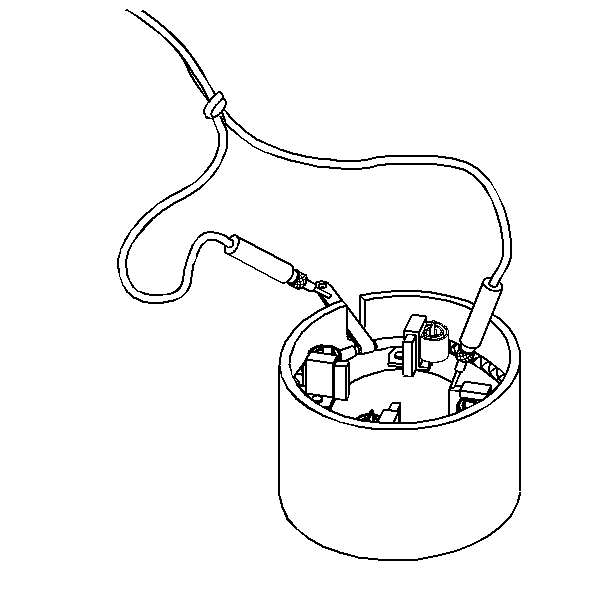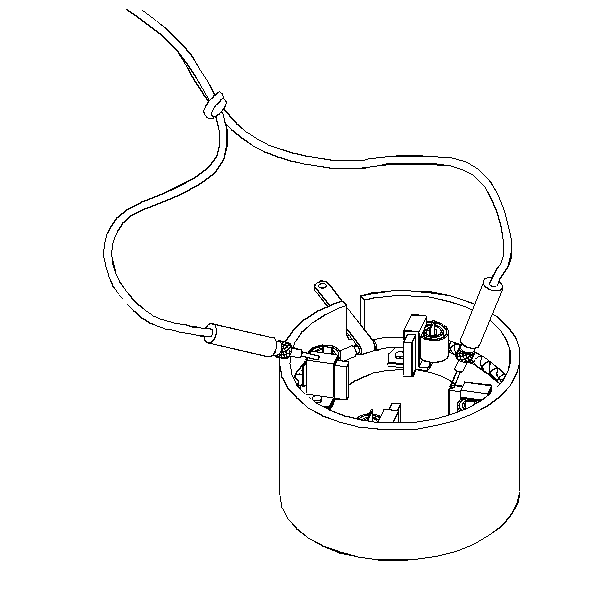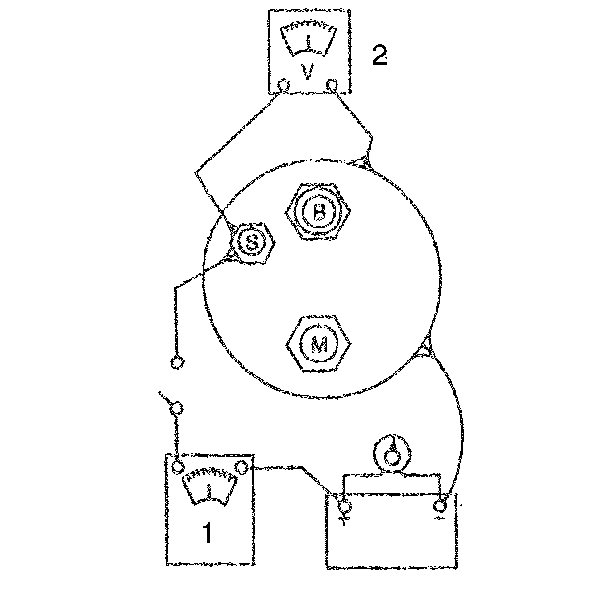For 1990-2009 cars only
- Clean all of the starter motor parts.
- Test the drive components action.
- Inspect that the pinion turns freely in the overrunning direction.
- Inspect the pinion teeth for the following:
- Inspect the ring gear teeth as badly chipped pinion teeth can indicate chipped ring gear teeth.
- Inspect the drive components for slipping:
- Wipe the drive components clean.
- Do not lubricate the drive components.
- Inspect the armature commutator.
- Clean the commutator with 400 grit polishing cloth if the commutator is dirty.
- Replace the armature if the commutator is rough.
- Do not undercut or turn the commutators.
- Inspect that there is a good connection between the armature conductors and the commutator bars.
- Inspect the armature for short circuits:
- Inspect the series coil for opens:
- Inspect the series coil for grounds:
- Inspect the solenoid hold-in winding:
- Inspect both of the windings:
- Current draw readings that are over specifications indicate the following:
- Current draw readings that are under specifications indicate the following:
- The starter solenoid is serviced as a unit.
Notice: Do not use grease dissolving solvents for cleaning the overrunning clutch or armature. Solvents dissolve the grease packed in the clutch and damage the armature and the field coil insulation.
| • | Chips |
| • | Cracks |
| • | Excessive wear |
| 6.1. | Wrap the armature with a shop towel. |
| 6.2. | Clamp the armature in a vise. |
| 6.3. | Install the socket on the pinion. |
| 6.4. | Turn the pinion counterclockwise. The clutch should not slip up to 68 N·m (50 lb ft) of torque. |
| 6.5. | Replace the drive components if slippage occurs up to 68 N·m (50 lb ft). |
| • | Place the armature on a growler. |
| • | Hold a hacksaw blade over the armature core and rotate the armature. |
| • | The armature has a short if the blade vibrates. |
| • | Clean between the commutator bars. |
| • | Recheck the armature for short circuits. |
| • | Replace the armature if the hacksaw blade still vibrates. |

| • | Using a self powered test lamp, place one lead on the field lead terminal. |
| • | Place the other lead on the insulated brush. |
| • | Repair or replace the series coil if the lamp fails to light. |
| • | Check each insulated brush to verify the brush to lead continuity. |

| • | Using a self powered test lamp, place one lead on the grounded brush holder. |
| • | Place the other lead on an insulated brush holder. |
| • | Repair or replace a grounded series coil if the test lamp lights. |

| 17.1. | Connect an ammeter and switch in series with a 12-volt battery and the S terminal on the solenoid. |
| 17.2. | Connect a voltmeter to the S terminal and to the ground. |
| 17.3. | Connect a carbon pile across the battery. |
| 17.4. | Adjust the voltage to 10 volts. |
| 17.5. | Note the ammeter reading. |
| 17.6. | The starter motor reading should be 10 to 20 amperes. |
| 18.1. | Connect the leads as indicated above in the previous test. |
| 18.2. | Ground the solenoid motor terminal M. |
| 18.3. | Adjust the voltage to 10 volts. |
| 18.4. | Note the armature readings. |
| 18.5. | The starter motor reading should be 60 to 85 amperes. |
| • | Shorted turns |
| • | A ground in the solenoid windings |
| • | Replacement of the starter solenoid is needed. |
| • | Excessive resistance |
| • | A zero reading indicates an open |
| • | Inspect and repair the connections if possible. |
| • | Replacement of the starter solenoid is needed if repair of the connections is not possible. |
